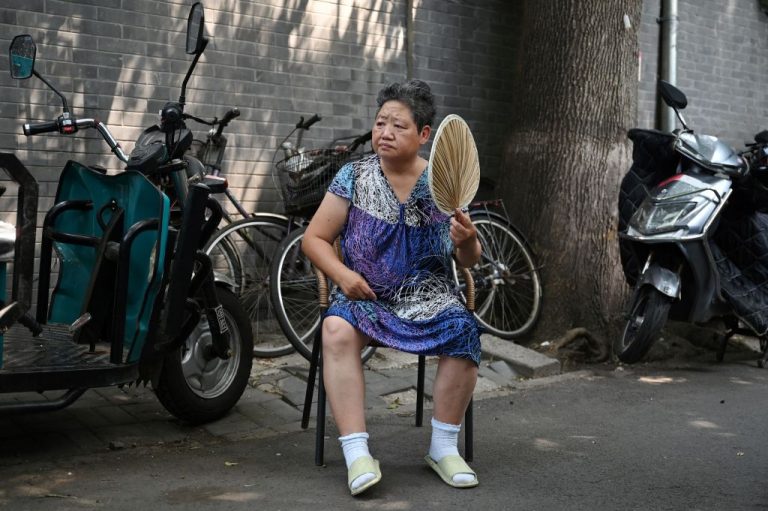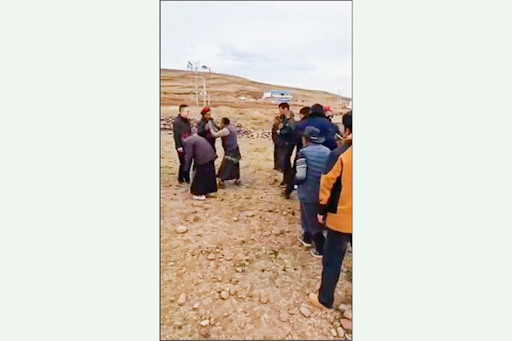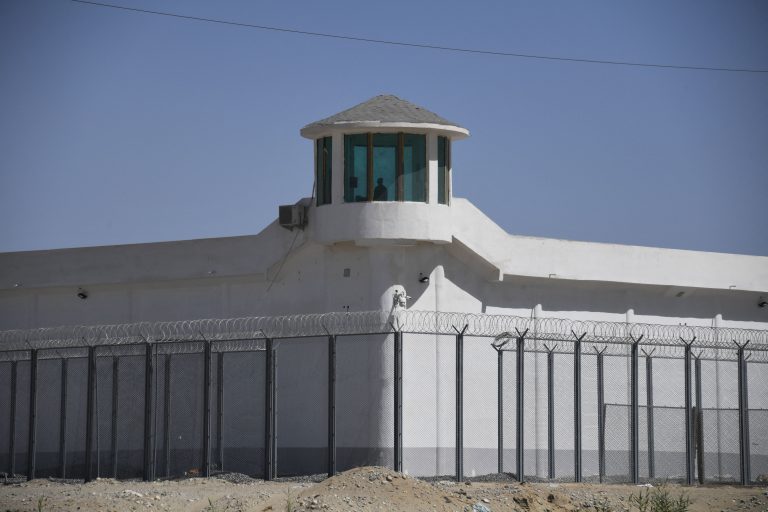In the heart of China’s northwest, a remote settlement is grappling with scorching temperatures soaring beyond 52 degrees Celsius (126 degrees Fahrenheit), state media reported on July 16. The record temperatures come just half a year after the country braved chilling lows of minus 50 degrees Celsius (-58 degrees Fahrenheit).
Sanbao, a small township nestled in the Turpan Depression of Xinjiang, bore the brunt of the searing heatwave — with state-run newspaper, The Xinjiang Daily, reporting on July 17 that “extreme temperatures” are expected to continue for at least another five days.

MORE ON EXTREME WEATHER AROUND THE GLOBE:
- Beijing Records Hottest June Day Since 1961
- Dozens Dead as Heatwave in India Shows No Signs of Relenting
- California Avoids Power Outages, Conservation Still Needed Amid Record Heatwaves
- Amid Record Heatwave, Europe Discovers Solar Panels Inefficient in High Temperatures
The unprecedented high surpasses the previous record of 50.3 degrees Celsius (122.54 degrees Fahrenheit), recorded in 2015 near Ayding — located within the Turpan Depression. The depression is characterized by its expansive sand dunes and remnants of dried-up lakes, sprawling over 150 meters below sea level.
To make matters worse, government officials announced last week that the country had surpassed its own record for the highest number of sweltering days experienced within a six-month period.
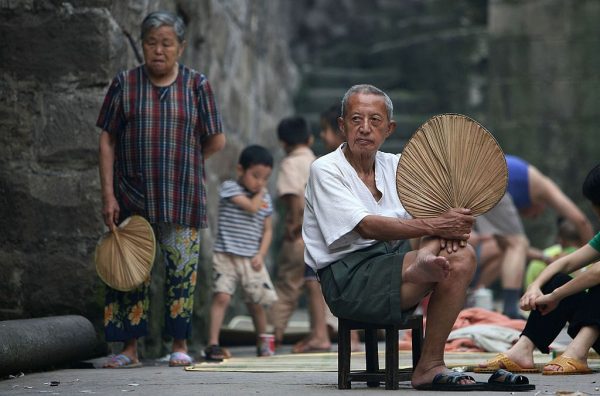
Beijing, the nation’s capital, may also be enduring one of its hottest summers in recorded history. Recent days have seen temperatures climb beyond a scorching 40 degrees Celsius (104 degrees Fahrenheit).
Climate change
Success
You are now signed up for our newsletter
Success
Check your email to complete sign up
This climatic extremity is not an isolated event. Since April, countries all over Asia have been swept by waves of record-shattering heat — igniting apprehensions about their capacity to withstand such rapid climatic changes. According to weather experts, the global target of confining long-term warming within 1.5 degrees Celsius is gradually becoming an elusive dream that is getting further out of reach.
China, in particular, has been severely affected by extended periods of high temperatures. This relentless heat poses threats to power grids and agriculture alike, exacerbating the concerns of a potential repeat of last year’s severe drought — the worst in six decades.
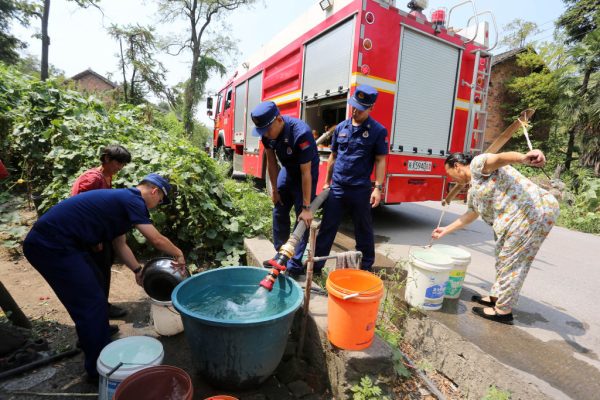
MORE ON THIS: CCP Orders Officials to ‘Produce Artificial Rainfall’ to Combat Drought
While China is no stranger to stark temperature fluctuations across different seasons and regions, the extent of these swings is progressively widening. On Jan. 22, the city of Mohe, located in the northeastern Heilongjiang province, recorded an astounding low of minus 53 degrees Celsius (-63.4 degrees Fahrenheit), as reported by the town’s local weather bureau.
The frigid temperatures surpassed China’s previous record low of minus 52.3 degrees Celsius (-62.14 degrees Fahrenheit) set in 1969.
Decimating crops, shattering energy output
The climate pendulum swung yet again as central China experienced its heaviest rainfall in a decade — decimating wheat fields in an area traditionally known as the country’s breadbasket.
Deemed by local officials as the most severe disruption to the wheat harvest in the past decade, the torrential downpours highlighted new concerns over President Xi Jinping’s enhanced goal of being self-sufficient in food production.
RELATED: Xi Inspects Chinese Military’s Eastern Theater Command, Tells Them to Increase Odds of Victory
Last week, China Energy Investment Corporation, one of the country’s leading power producers, reported its electricity output reaching an all-time high.
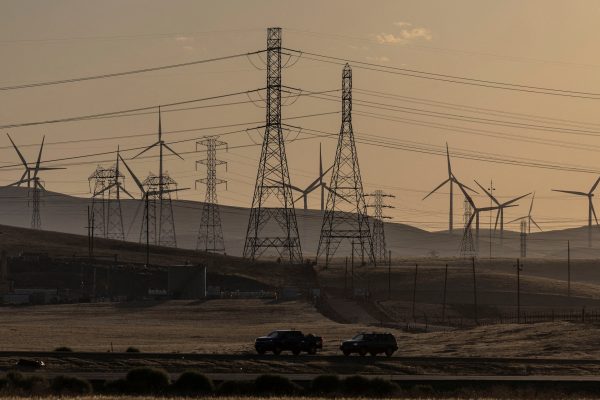
The state-owned enterprise registered a staggering total production of 4.09 billion kilowatt-hours (kWh) on July 16, it said. According to a statement released on July 11, this figure marked an increase of 210 million kWh compared to the previous day’s output. However, the company refrained from attributing the record power-generation to a spike in cooling and air conditioning demands.
“Due to the continuous high temperatures, the electricity load in many parts of the country continues to rise,” the company said, adding, “The highest load in provinces across southern China and eastern China has repeatedly hit new heights, and the power supply and demand situation in some areas is severe.”

In the face of these environmental challenges, the United States and China — two of the world’s major economies and carbon emitters — have aimed to reignite their commitment to combating global warming, lowering greenhouse gas emissions, and curbing its carbon footprints.
RELATED: John Kerry, US Climate Envoy, to Visit China
U.S. special climate envoy, John Kerry, who is currently in Beijing on a diplomatic trip is set to engage in talks with his Chinese counterpart, Xie Zhenhua, in regards to the potential effects of climate change.



